A Brief History of Lacrosse Helmets
By Coach Damon
Last updated: September 10, 2024
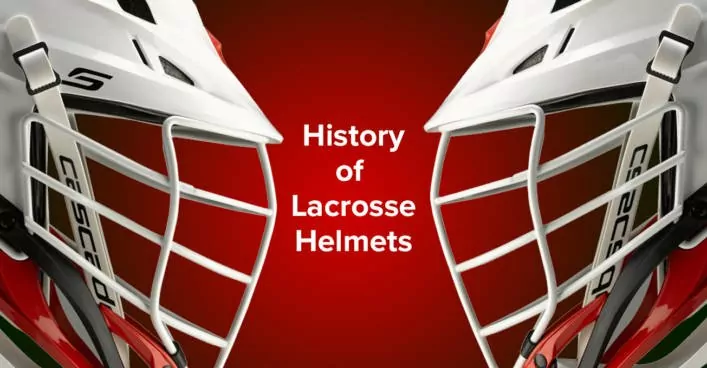
Hope everyone is enjoying the off-season. Given that it is the off-season, for this week’s post I’m taking a break from those tasty lacrosse goalie tips and delving into the history of the lacrosse helmet.
At the end of the 2017 NCAA season, Cascade released their model S helmet and I think the lacrosse world joined me in saying – “wow, these things are nice”.

Lacrosse is the oldest team sport in America with evidence of versions of the game being played in the 1600’s in northeast Canada and in the US by Native American tribes like the Onondaga.
No helmets were necessary for those boys.
But it’s now the year 2017 and helmets looks like the image above. So what was the progression?
This post will outline the history of the sport’s helmets from the bare heads of the Onondaga tribe in 1600’s to the Cascade S helmets worn by the NCAA Champion Maryland Terrapins in 2017.
The No Helmet Era
Lacrosse historians know that the 1st version of our game was played by Native American to settle disputes, to toughen young warriors for combat, for recreation, and for religious purposes.
These early lacrosse players did not wear any helmets, let alone any pads.

The sport of lacrosse continued without helmets for quite some time.
Lacrosse appeared at the 1904 Summer Olympics in St. Louis, Missouri and at the 1908 Summer Olympics in London, England.
No player on those teams wore helmets. Although the referees wore some impressive suit / knee high sock / mustache combos.

Early versions of the game resembled women’s lacrosse of a few years ago where the speed of the game, the contact rules, and the shallow sticks didn’t justify players wearing helmets. That said, today’s women’s game is speeding up and some lightweight head protection is being introduced like the Cascade LX:

The Leather Helmet Era
The 1928 Olympics held in Amsterdam, Netherlands was the first documented use of helmets in the sport of lacrosse.
Lacrosse was downgraded to an exhibition sport at these games and featured just 3 teams representing Canada, Great Britain, and the United States.
Only the American team wore helmets as seen in the photo below.

Here’s another shot of players labeled “Annapolis lacrosse” where we see the leather protective helmets along with an impressive crowd size for a lax game.

So here we have the first lacrosse helmet, a leather contraption with no face mask designed to provide just a little more protection to the dome.
A “protective hat” might be a more appropriate name than a lacrosse helmet.
The Helmets Get a Face Mask
By the 1940’s it appears as if players were tired of getting hit in the face with the ball or checks. Whimps.
In this shot of a Naval cadet you see the primitive face mask attached to the leather helmet.

This version of the lacrosse helmet also contains ear flaps that fully cover the side of the players head and a chinstrap to keep the helmet on the head. The material of choice is still leather with a metal (likely iron) face mask.

The visor of the helmet of the helmet is still intact.

These early versions now resemble old torture devices but they served the purpose of protecting early lacrosse domes from collisions, checks, and errant shots.
The “Bucket” Helmet
Around the 1960’s a company by the name of Bacharach Raisin was the first to start producing the “bucket” lacrosse helmets.
The leather was replaced with a harder plastic exterior and a soft padded interior. The face mask was beefed up so balls wouldn’t enter.


This helmet was innovative in that it had suspension. Which served to “cradle” the skull away from the foam shell. Whereas previous helmets had leather that sat right against the head, these helmets have plastic that is away from the skull, thus providing more protection.
Straps of fabric formed a pattern inside the helmet. They absorbed and distributed the impact better, and they allowed for ventilation. It was a breakthrough from the pure leather helmets of years before.
These helmets were also well known for having strings in the back to tighten the helmet.

Anyone who is old enough to remember using these helmets as a youth will probably recall kids love of pulling on these strings to harass their teammates.
Lacrosse goalies from this era will probably recall the hard foam extension that served as the throat protector and resembled a flip-flop.

All throughout the 80’s the Bacharach Raisin dominated the lacrosse scene. All the top college programs were using this helmet.

This was my first helmet when I started playing lacrosse and I have some very fine memories of strapping on this huge, heavy beast.
Brine even got in on this style helmet producing a Bacharach style lid in the 80’s that looked like this:

Cascade Bursts on to the Scene
In the mid to late 90’s Cascade burst onto the lacrosse helmet scene with their original Cascade.
The big boxy design of the Bacharach Raisin was replaced by a sleeker shell. And boy did it look and feel good.

Even though many claim the Cascade didn’t protect as well as its predecessors, there’s no question they gave the helmet a much better look, a lighter feel, and set in motion a trend for lacrosse helmets to become just as stylish as they were protective.
College players like Syracuse’s Casey Powell instantly switched over to the newer, sleeker design of the Cascade that dominated lacrosse player’s heads in the late 90’s.

There were (and continue to be) other lacrosse helmet manufacturers but for the purposes of this post I’m going to focus on the progression of the Cascade helmet line to paint a picture of how the lacrosse helmet has advanced through the years.
After the original Cascade helmet came the Cascade C2 were the face mask and chin piece of the helmet becomes more aerodynamic.

After the Cascade C2 came the Cascade CLH2. Not a drastic change in look but you can see the visor no longer juts out beyond the face mask.

One innovative element of the CLH2 was the adjustable fit system, something Cascade called the SPRfit adjustable ratchet which allowed you to change sizes and get the helmet perfectly fitted in seconds.
Realizing that most concussions occur from ill-fitting helmets, Cascade input an adjustable strap into the back of the helmet to help achieve that snug fit for heads that may be in between sizes.

Sometime in 2010 the Gaits and UVA lacrosse thought this style of helmet would be a good idea –


It wasn’t and it quickly flopped.
Around 2009 Cascade launched the CPX helmet and the CPro:

The Cascade CPX utilized 3-D Form Foam that molds to your head and helped with protection. They also had something called the Wedge-X system to help with fit.
For the CPX, Cascade reworked the facemask to provide players with more vision. The bars are spaced further apart to give more vision while still providing enough protection.
The visor becomes more stylish and throat part extends down further to protect players necks a little more. However the shell essentially remained the same design on the exterior compared to its predecessors.
Here was the CPro which was very similar in looks and features to the CPX. All I know is CPX had a one size fits all feature while this did not. Although many preferred the fit of the CPro.


Then came the CPX-R:

With the CPX-R Cascade introduced a sleeker shell along with the tail fin. The fin according to Cascade was supposed to move the center of balance of the helmet towards the center and give it a more balanced feel.
I don’t know if that works or not but I think we can all degree – the tail fin looks dope. It gives the helmet a nice aerodynamic look and took player’s tilt game to a whole new level.
The shell also allowed for mohawk and rear decals so teams could really customize their helmets with colored visors, chins, and decals.

Next in the line of Cascade’s brand came the Cascade Pro 7:

The Cascade Pro 7 helmet was Cascade’s first attempt at fusing the lacrosse visor to the shell of the helmet for a more rigid frame and a streamlined look. This was very successful as all future lacrosse helmets would continue this trend of a solid piece for the shell and visor.
Protection and looks wise the Pro 7 was a huge jump forward from its predecessors like the Cascade CLH2.
Many people have compared the Pro7 to the CPX-R:
Cascade took a big step forward with the release of the CPV-R helmet. In addition to making the helmet look even nicer than its predecessor, there’s a lot of new functional features like a new liner system and downward sloping face mask for increased visibility and enhanced sweet looks.
The helmet continues the tail fin designed introduced with the CPX-R. This is a trend we see Cascade continue with on future designs.

Just when you thought lacrosse helmets couldn’t look any sweeter, here comes the R in 2013:

The Cascade R was also loaded with other features.
The dual SevenTech and PoronXRD liner system addresses both high and low energy impacts. A HardTail SPRfi system, coupled with custom jaw pad options created a system to provide better helmet fit. The exclusive SuperMonoTM R Shell, R-Series chin and mask created better peripheral vision and also a more rigid system for frontal impact management.
The helmet was really revolutionary when released in 2013.
Here’s a comparison of the Cascade R helmet to the CPX-R:
Lacrosse Helmets of 2017
That brings us to the helmets of today.
There’s no doubt that today’s helmets offer the best in design and function. Some say protection has gone slightly down in favor of style but there’s no doubt the helmets protect better than the bucket helmets of the 80’s and 90’s.
As alluded to in the intro of this post, a few months back Cascade released the Cascade S:

The shells of lacrosse helmets are now made of injection-molded plastic such as ABS (acrylonitrile butadiene styrene) plastic. Some helmets are also made of the same plastics as motorcycle helmets, such as polycarbonate plastics.
The facemasks, on the other hand, are made of strong, lightweight metals like titanium. The inside of the shell is lined with a polypropylene or other foam padding.
The Cascade S features something called the vision bar which essentially means they’ve made the top bar players look through flatter to improve vision.
As a goalie, I just hope they’ve tested it enough to ensure a 100 MPH rocket won’t be able to fit through that flattened bar.
Edit: Uh oh!
The shell and interior padding was enhanced to create wider holes to really improve air flow throughout the helmet as well as reduce its weight.
Here’s Greg from ECD comparing the Cascade S to its predecessor:
The design allows for some serious helmet tilt, which is the angled downwards effect perhaps best exhibited by the Ohio Machine’s Jake Bernhardt:

Here are the current helmets from today’s top lacrosse helmet manufacturers:
Cascade S
Click here to purchase Cascade S.


STX Stallion 600
Purchase Stallion 600

Warrior Evo Helmet
Purchase Warrior Evo


Conclusion
I hope you enjoyed that brief history of the lacrosse helmet.
Interesting to see how the game has evolved from its primitive days into the game today that requires full head protection and also requires looking good while protecting.
Of course the modern lacrosse player needs that dome protected but he also needs some serious TILT.
I chose to focus a lot on the Cascade brand in this post but companies like STX, Warrior, and others have also produced some great and innovative helmets over the years. Cascade just happens to be my favorite and the industry standard, in my opinion.
Will be interesting to see where lacrosse helmets go in the future this of this game.
Until next time! Coach Damon
Any key elements I missed on the history of the lacrosse helmet? Also, I’m not a lacrosse helmet historian so if I screwed up some details please let me know so I can fix.








 14 Amazing Lacrosse Goalie DrillsAug. 1, 2024
14 Amazing Lacrosse Goalie DrillsAug. 1, 2024 Quick Guide To Lacrosse Slang TermsApril 14, 2025
Quick Guide To Lacrosse Slang TermsApril 14, 2025 Lacrosse Goalies Rules To KnowJune 28, 2022
Lacrosse Goalies Rules To KnowJune 28, 2022 Lacrosse Goalie Step-by-Step Guide to Getting RecruitedFebruary 6, 2022
Lacrosse Goalie Step-by-Step Guide to Getting RecruitedFebruary 6, 2022 18 Lacrosse Goalie Drills to Improve Your GameApril 24, 2025
18 Lacrosse Goalie Drills to Improve Your GameApril 24, 2025 7 Elements of a Great Lacrosse Goalie StanceAug. 1, 2020
7 Elements of a Great Lacrosse Goalie StanceAug. 1, 2020 12 Lacrosse Goalie Tips To Take Your Game to the Next LevelSeptember 10, 2024
12 Lacrosse Goalie Tips To Take Your Game to the Next LevelSeptember 10, 2024 STX Eclipse 3 Goalie Head ReviewApril 24, 2025
STX Eclipse 3 Goalie Head ReviewApril 24, 2025 Lacrosse Goalie WorkoutAug. 12, 2019
Lacrosse Goalie WorkoutAug. 12, 2019 The Basics of Making a SaveJune 29, 2021
The Basics of Making a SaveJune 29, 2021


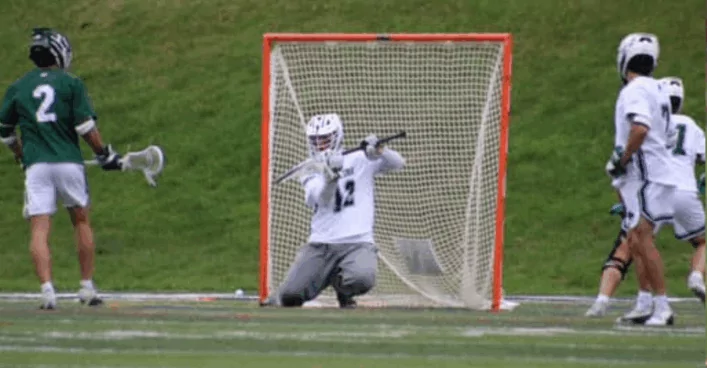
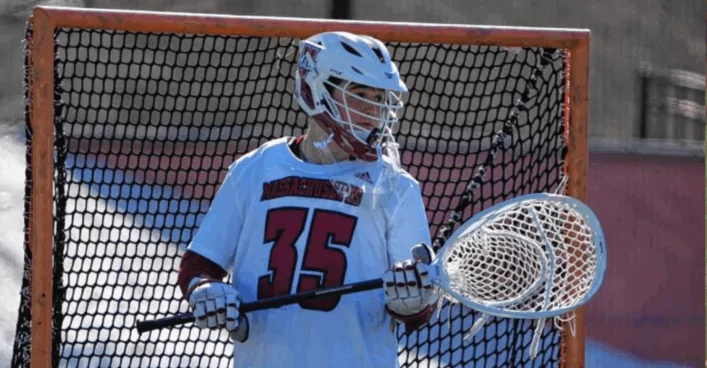
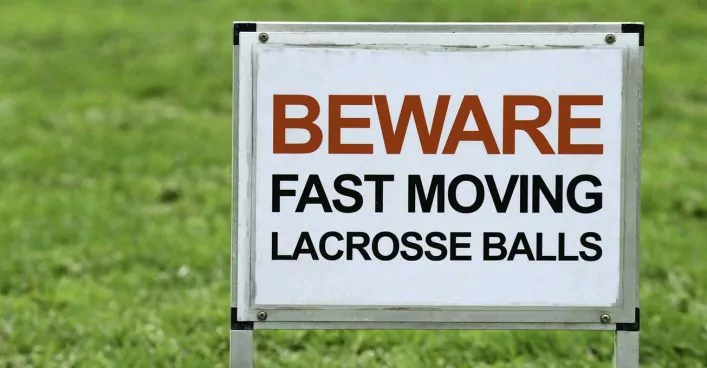
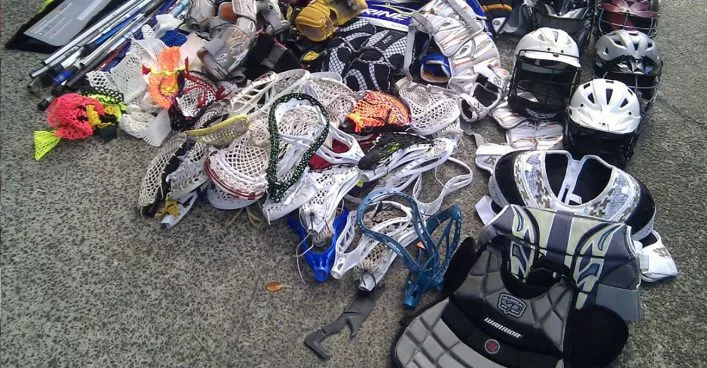

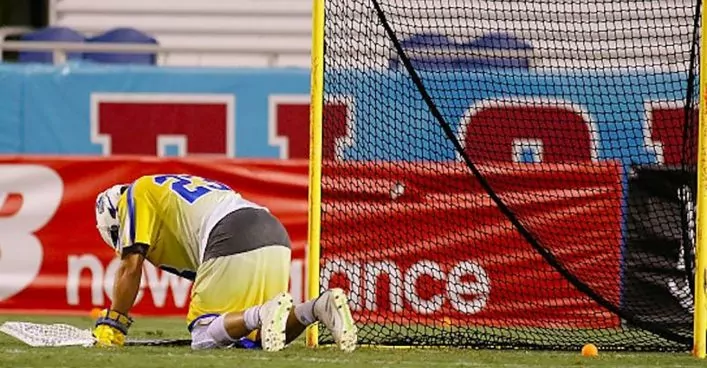
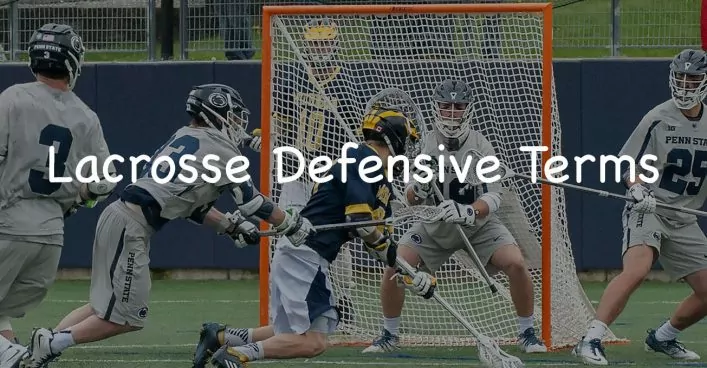
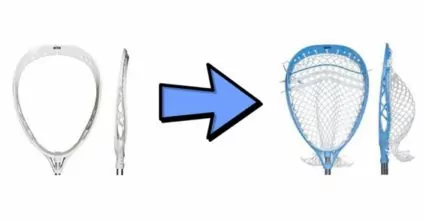


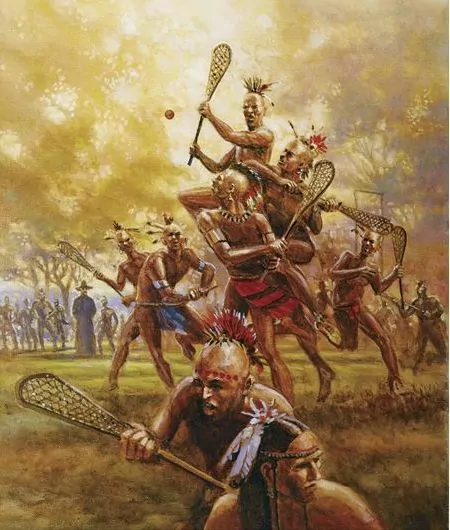
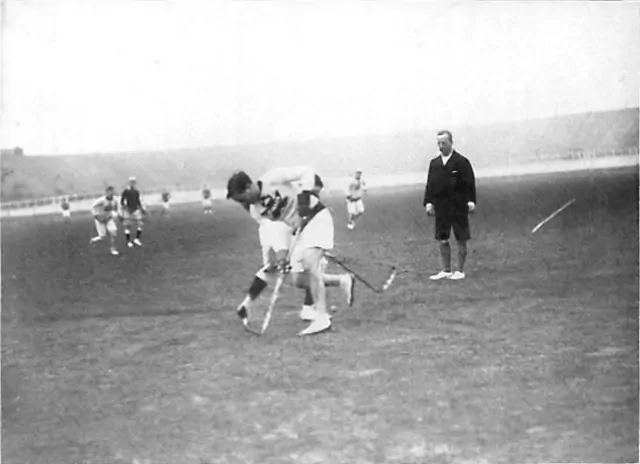

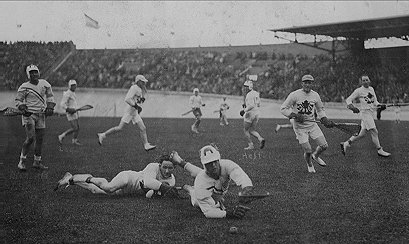
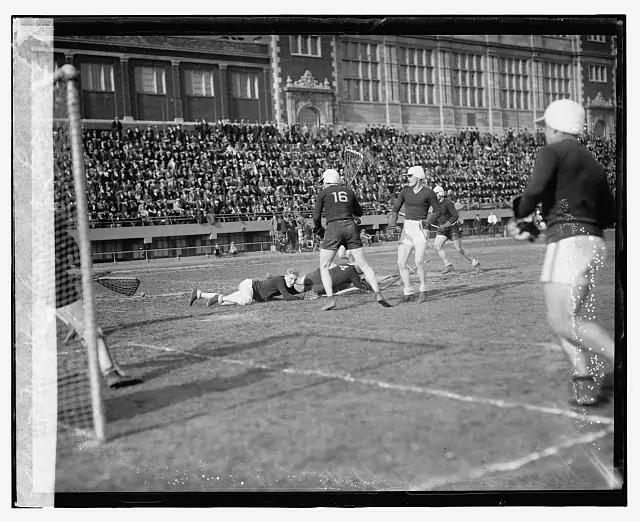

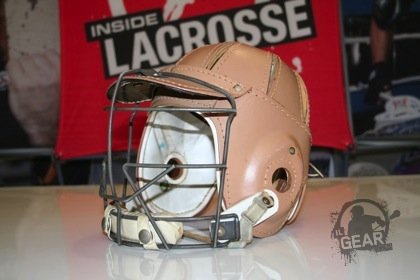
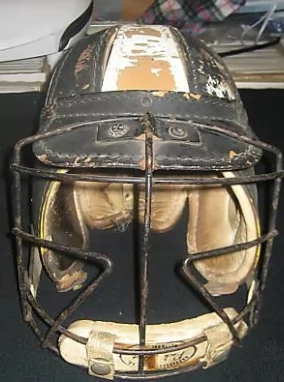
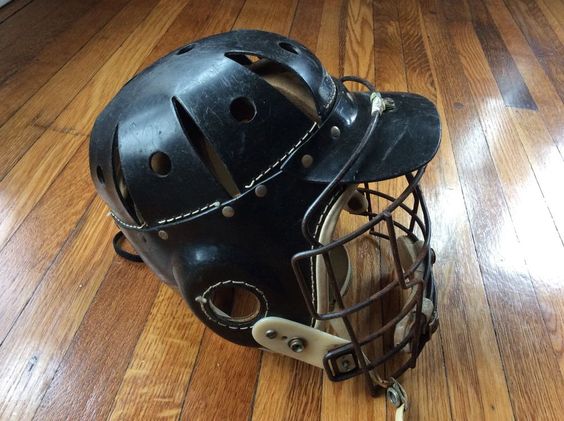
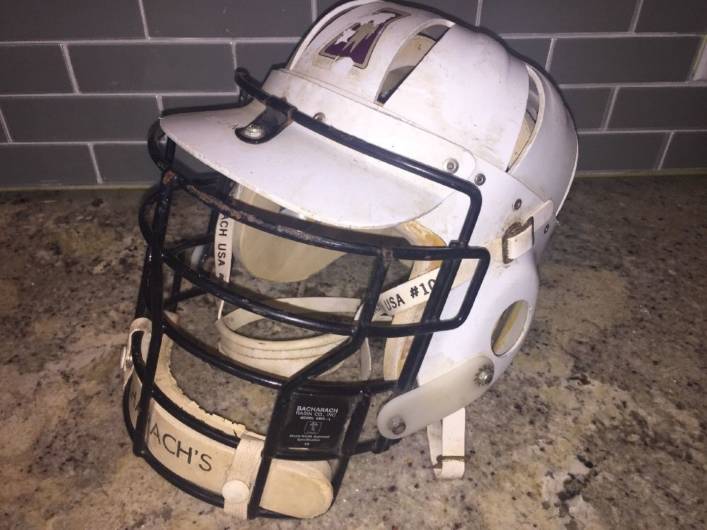
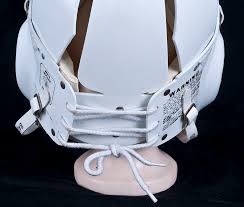
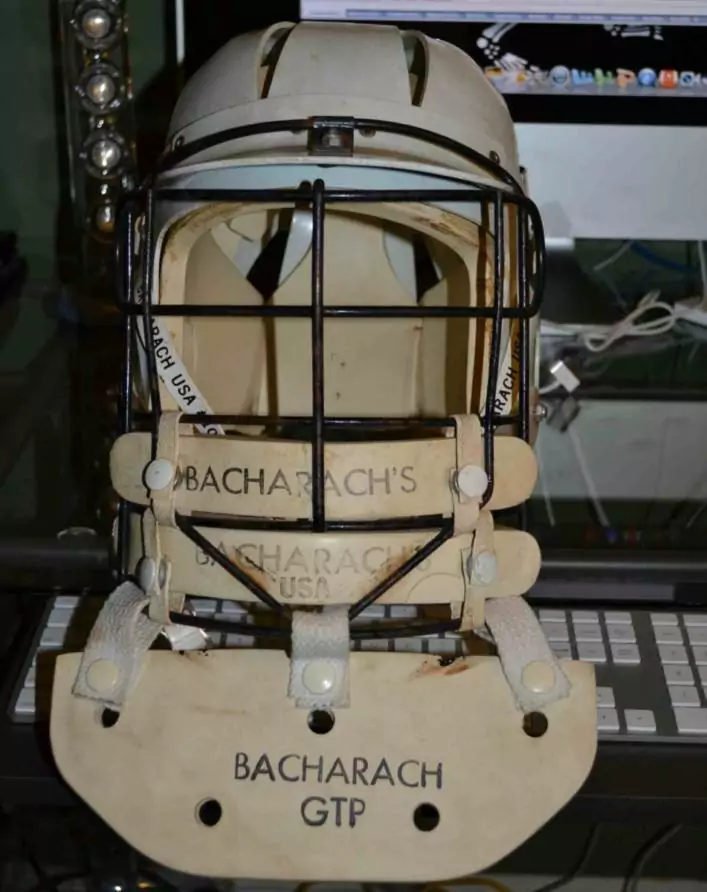
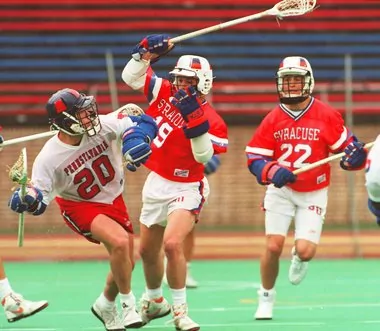
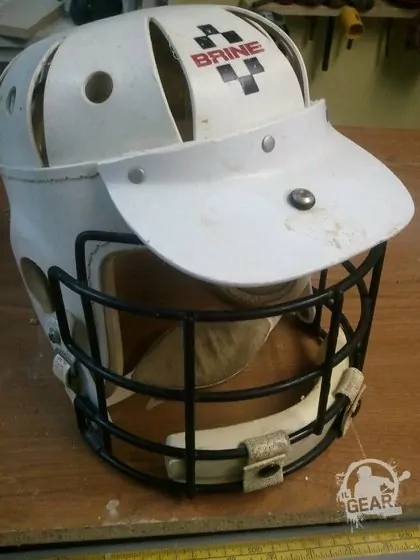
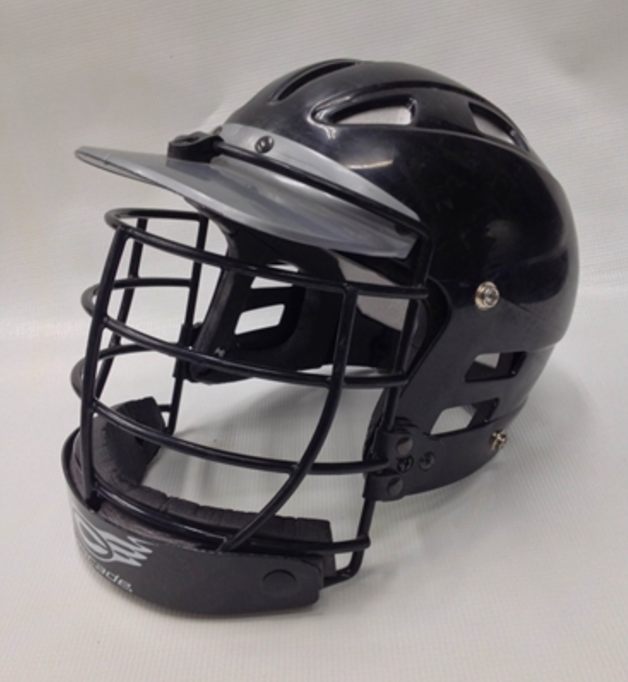
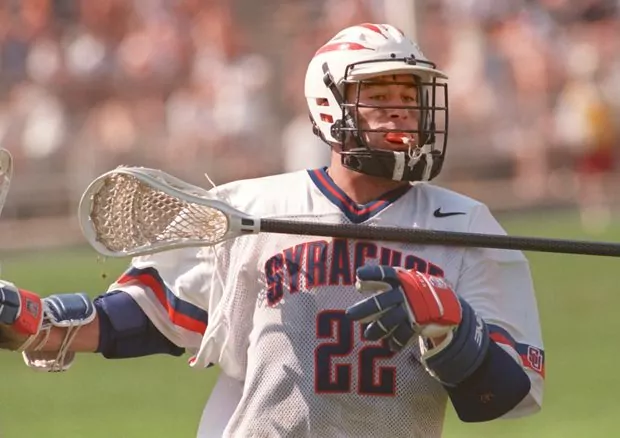

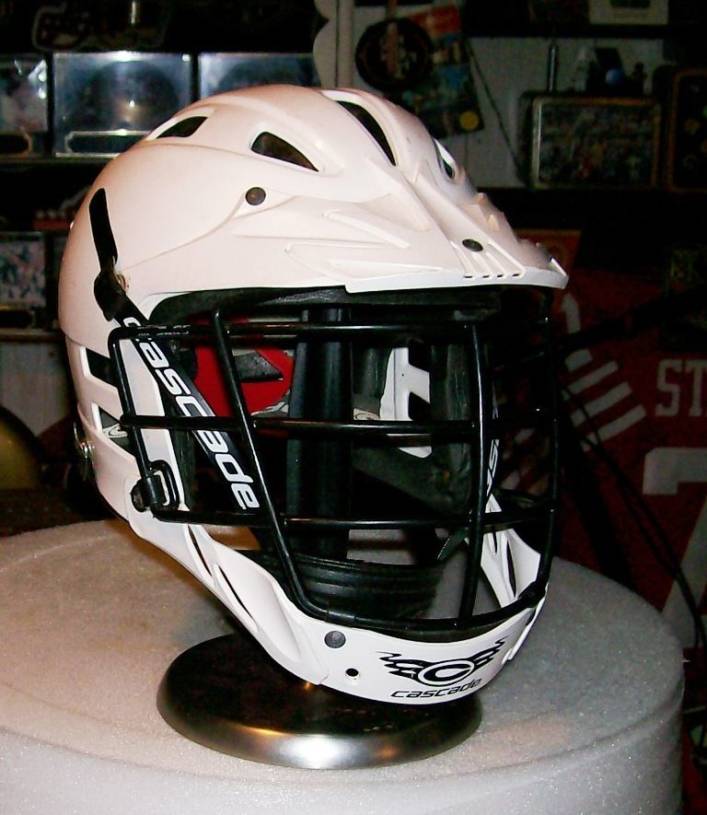
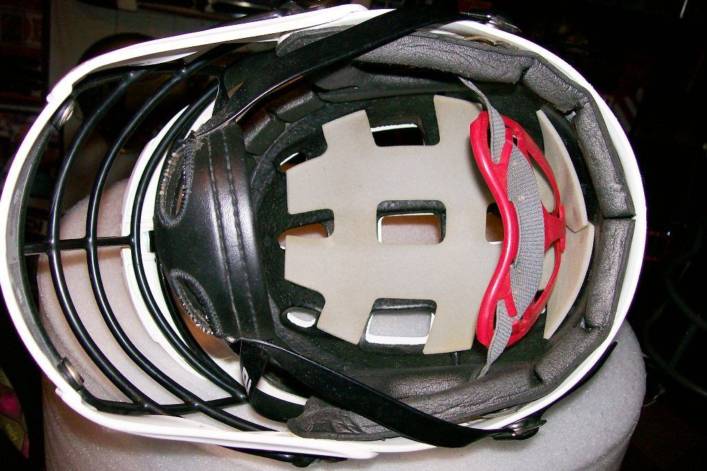
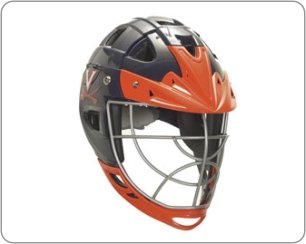
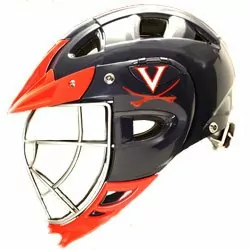
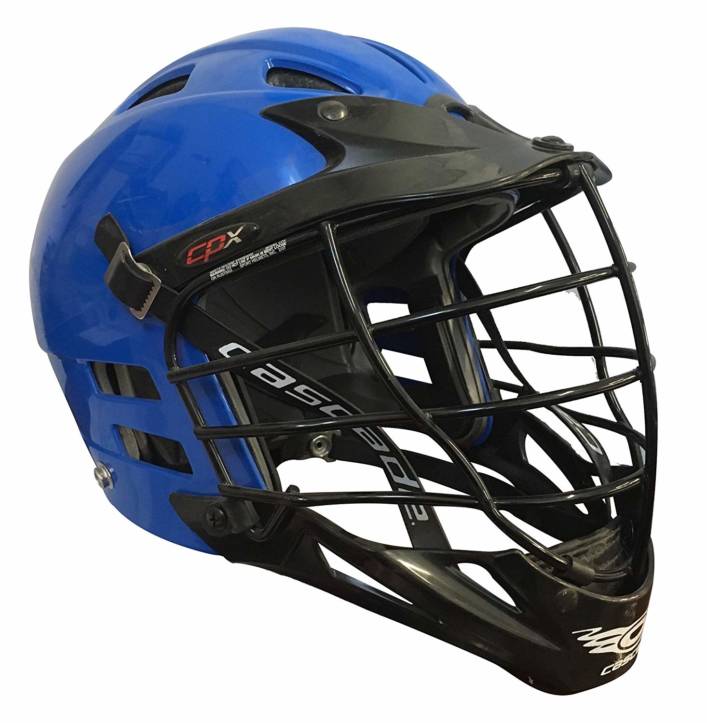
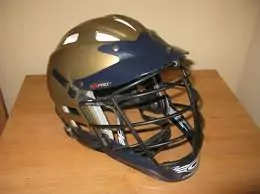
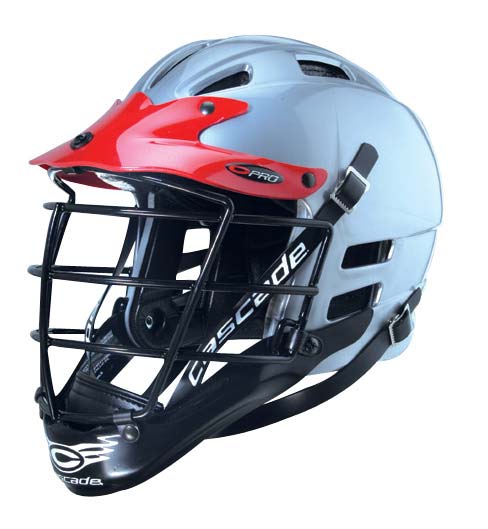

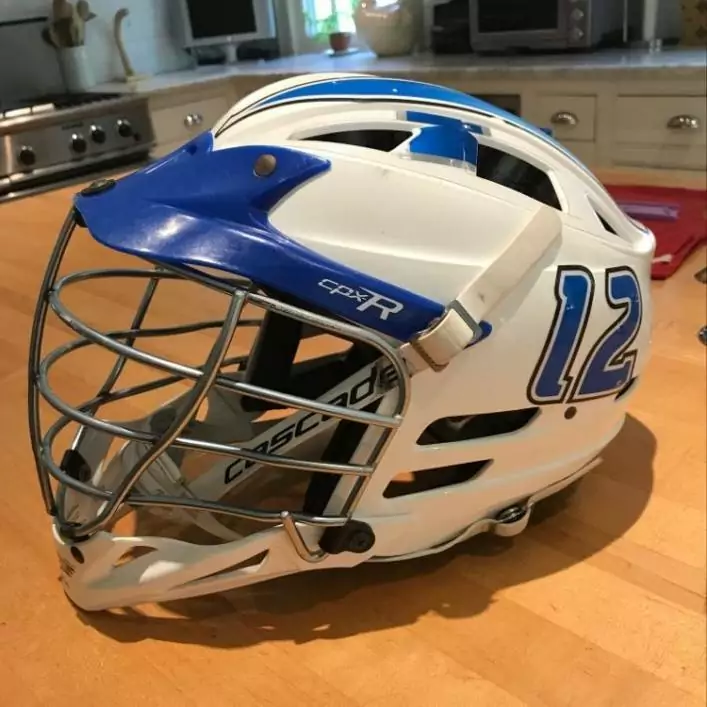
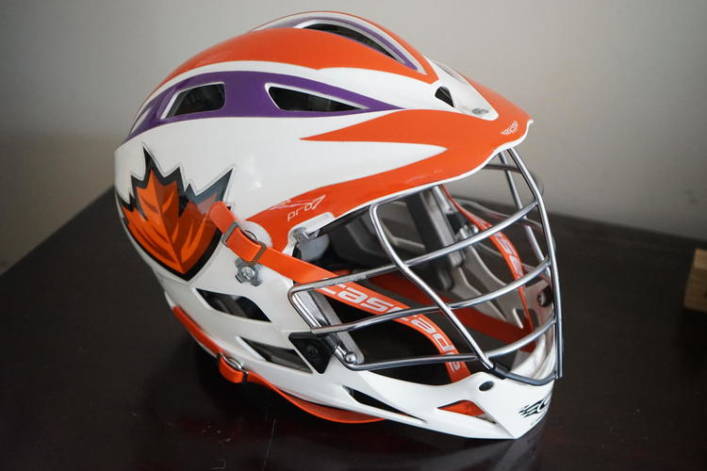
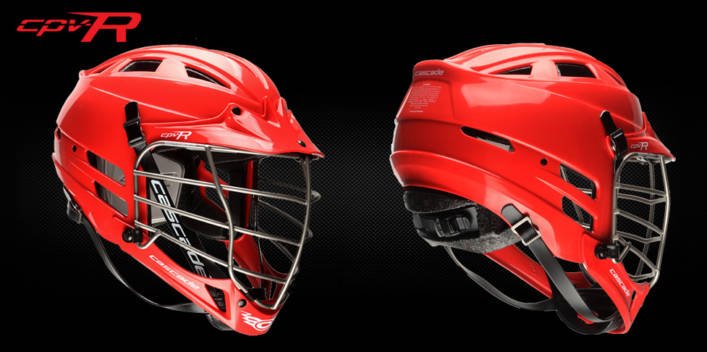
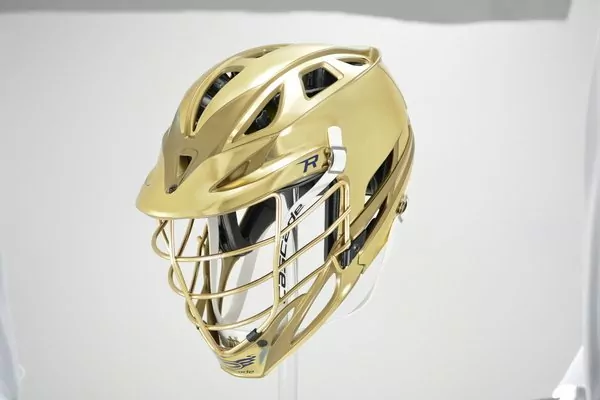

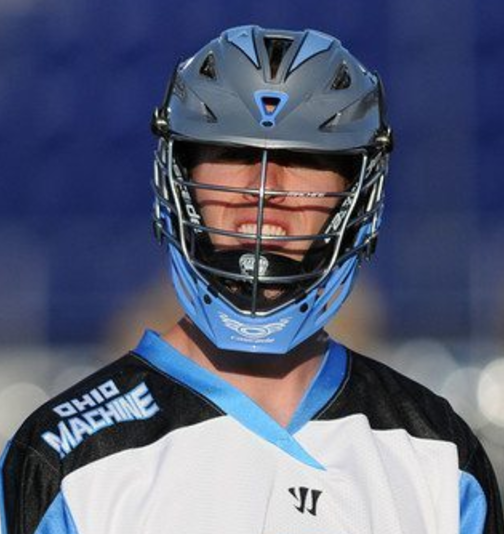

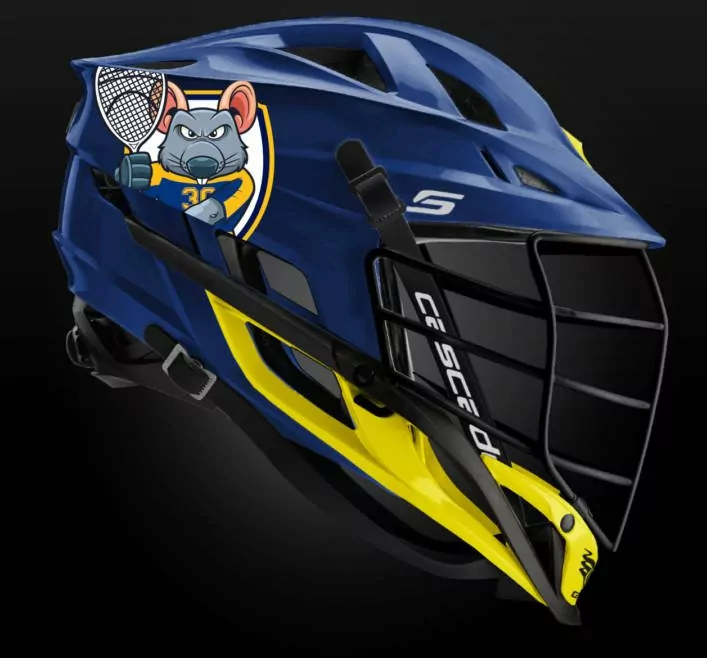
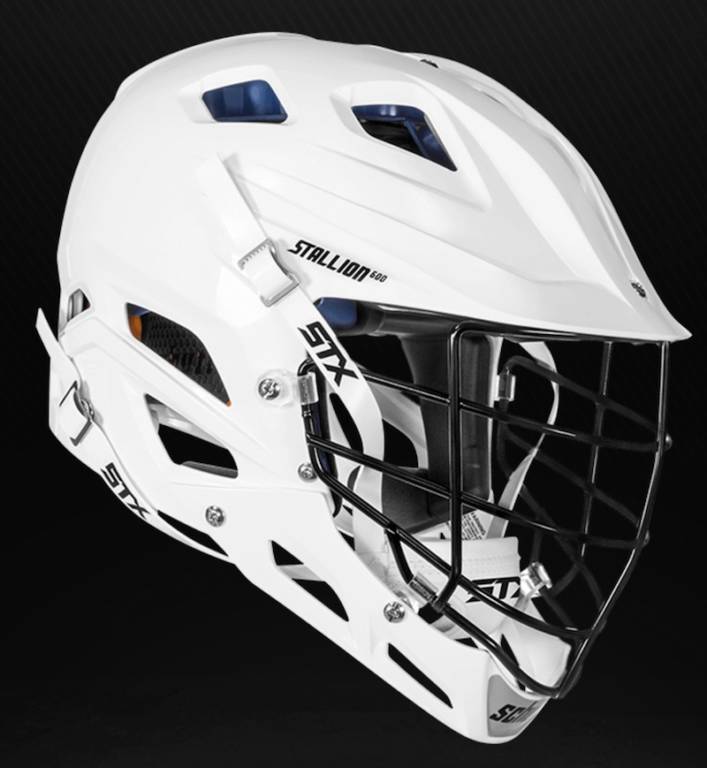
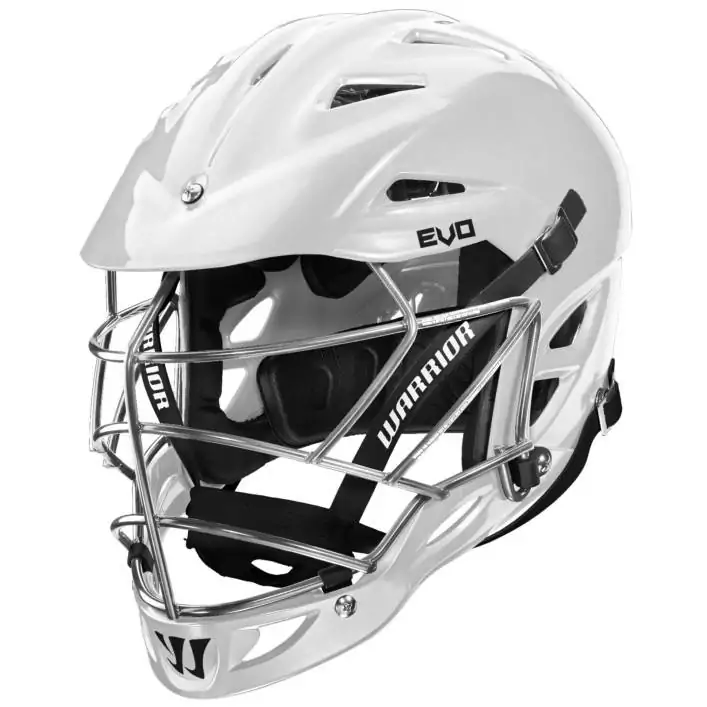
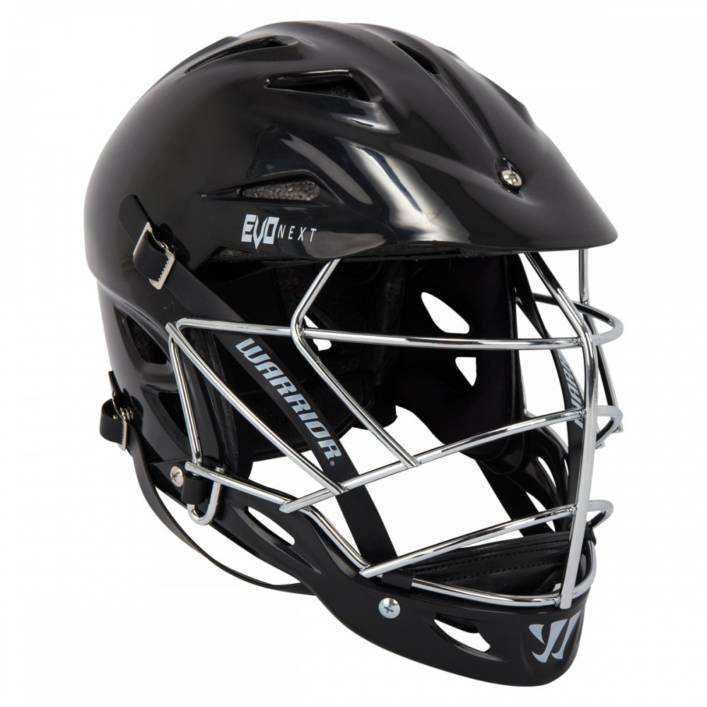




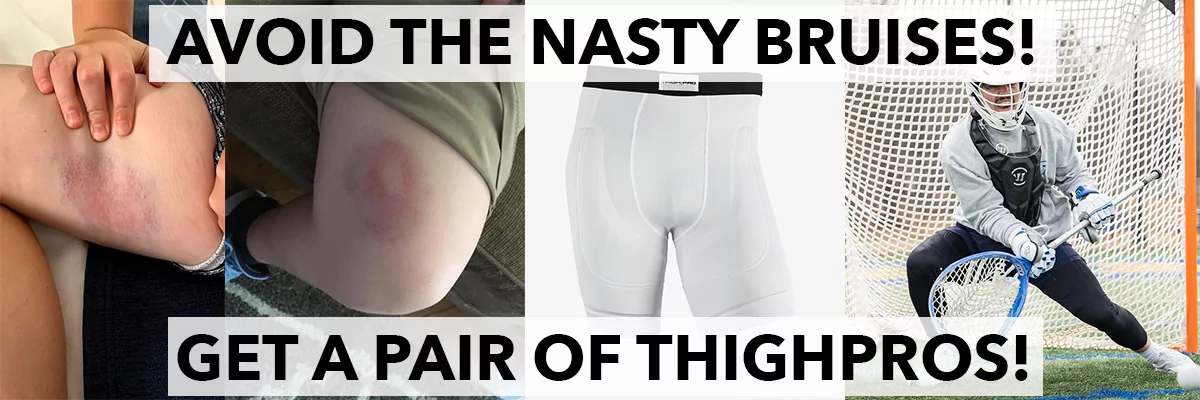

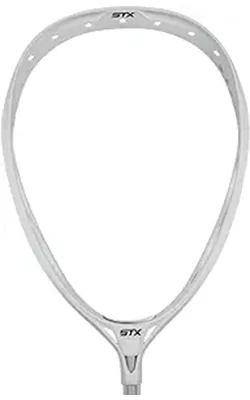

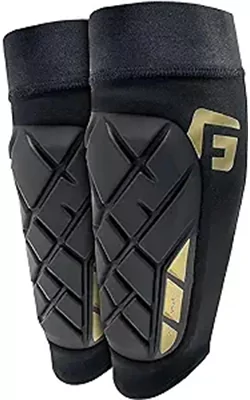
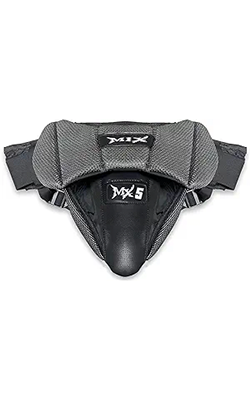

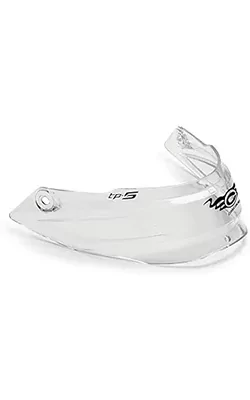
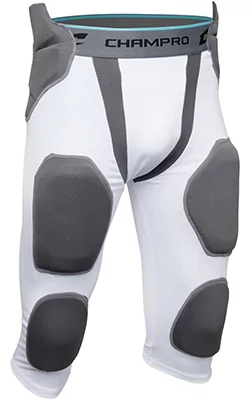

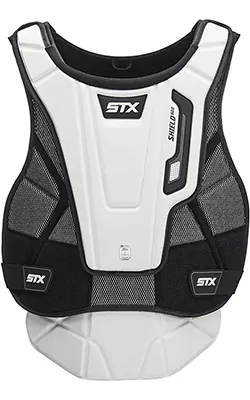
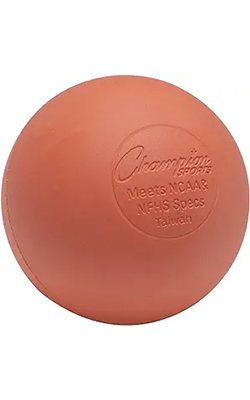
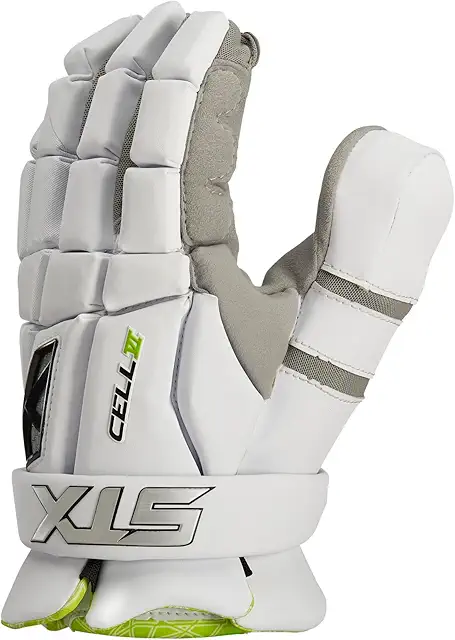









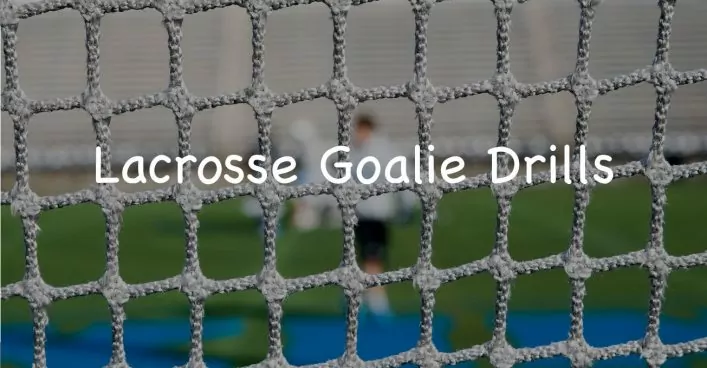
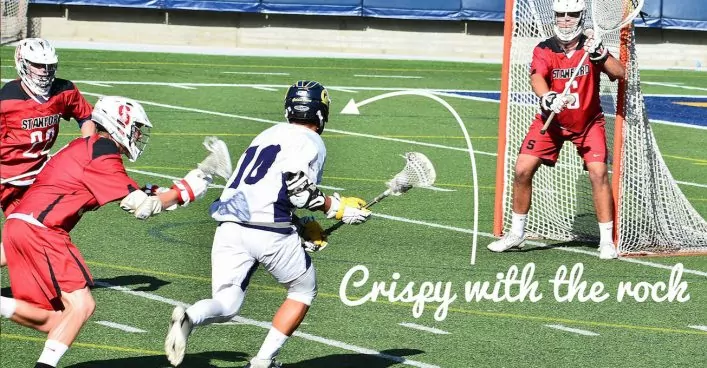
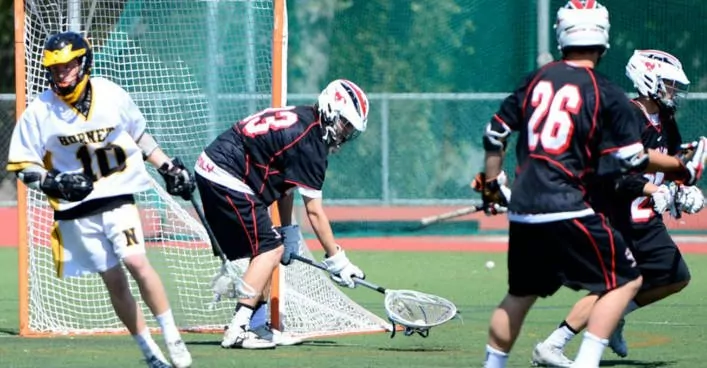
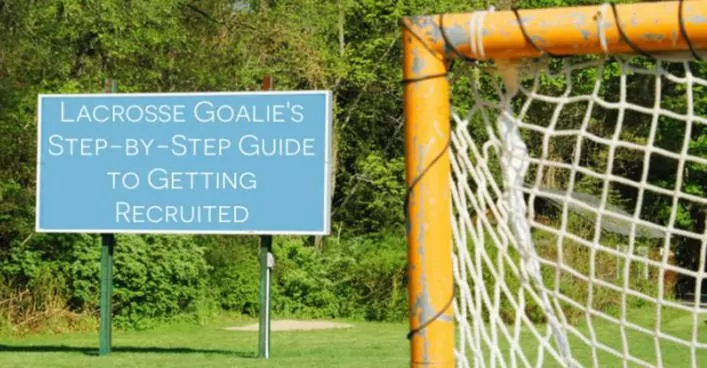

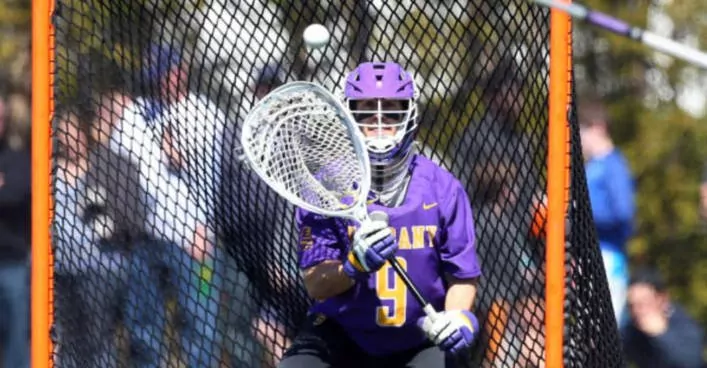

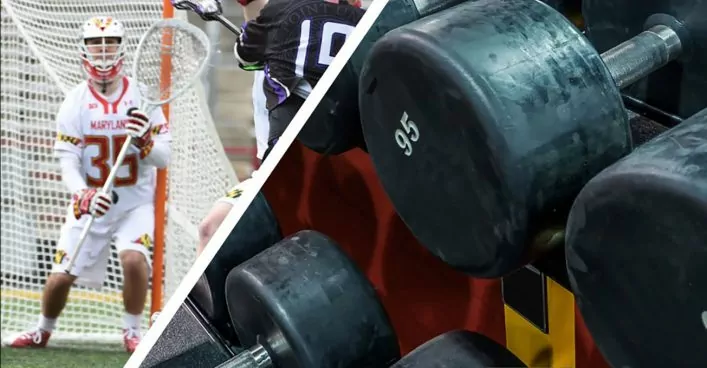
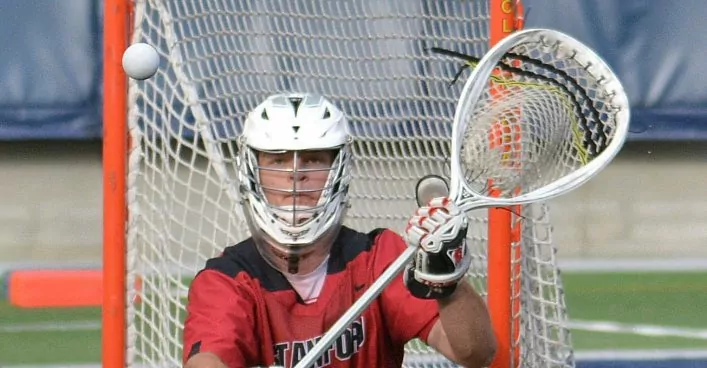
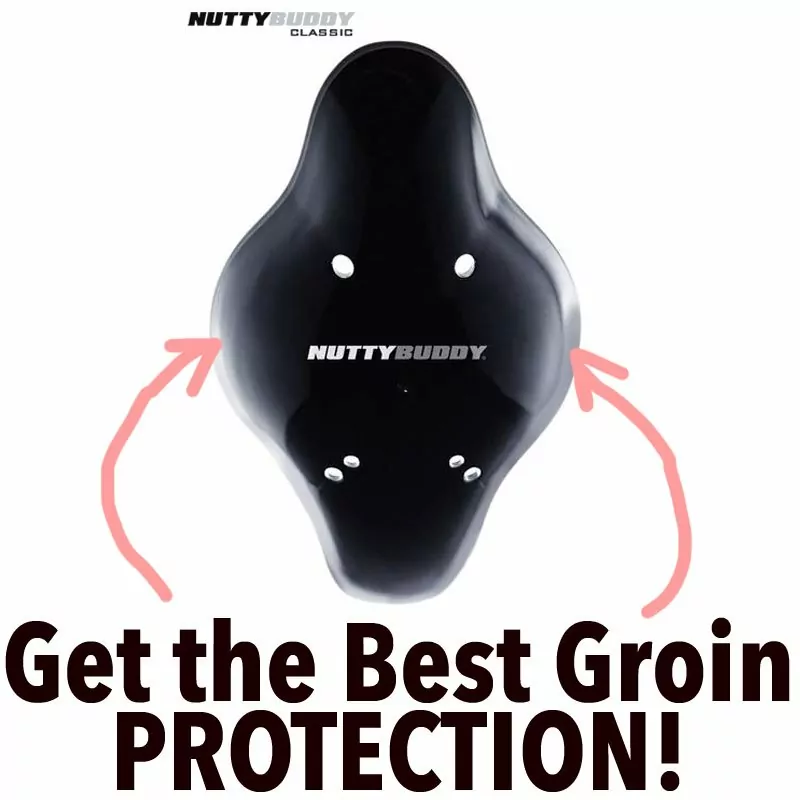



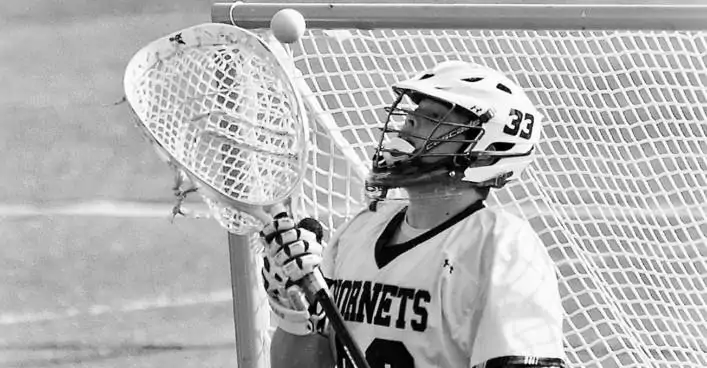

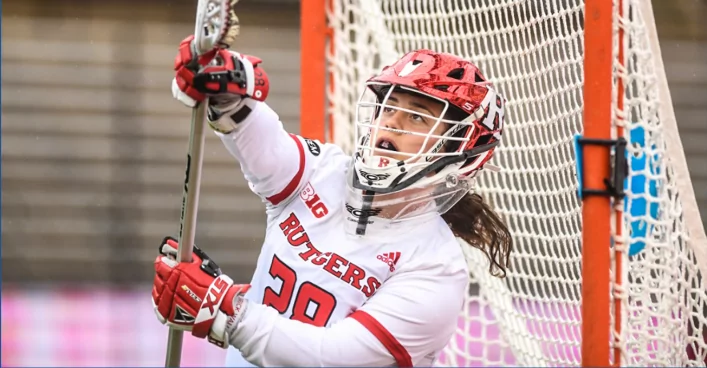
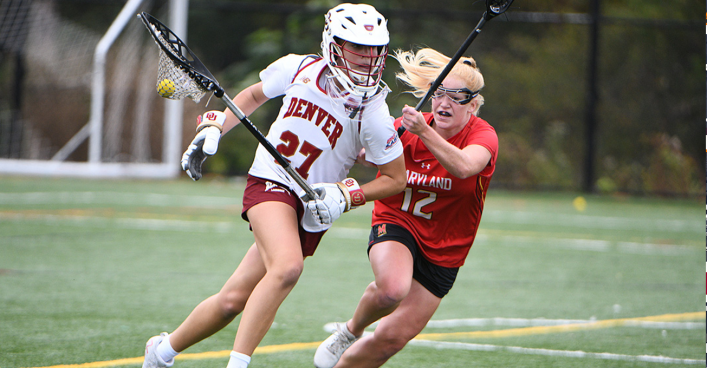
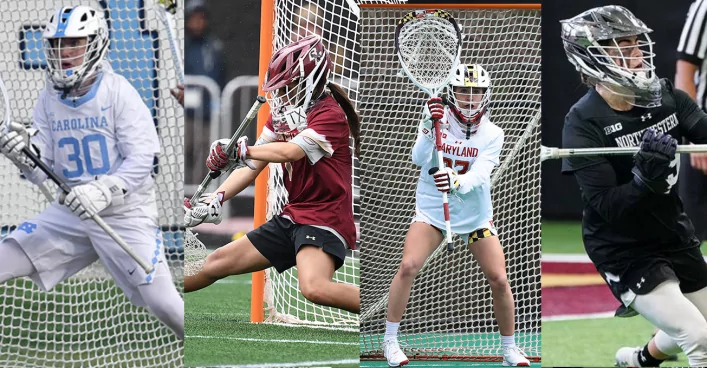




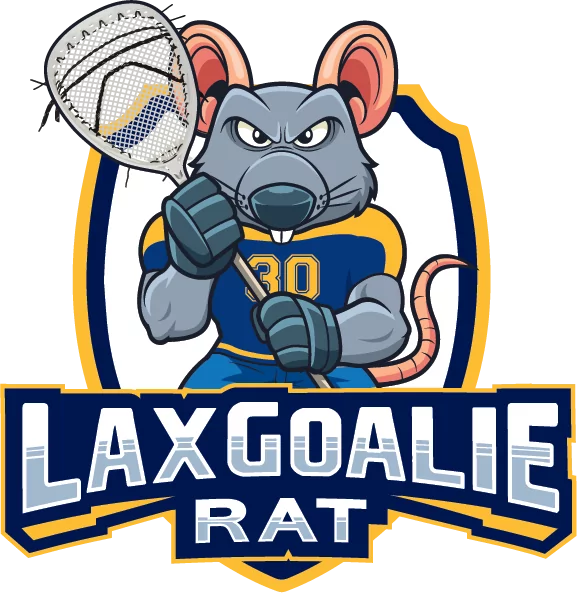




This is a long shot, but I am working on a paper about cascade and their helmets so I was wondering what sources you got your information from! Thanks!
Just did web research for sources. Can’t recall the specific sites I used. Sorry.
when did u write this article so i can cite this
Published 9/4/2017
Wow, those Bacharach helmets were THE helmets to have back in high school in the early to mid 90’s. Of course we also wore those minimalist STX shoulder and arm pads that were just the white, rubber-coated foam.
The young kids will never know the glory lacing up the Bacharach helmet haha.
The pic of the Gaits shows them in Sport Helmets, which many programs switched to around 1988. Most programs still used Bacharach, but Sport Helmets were the “bridge” to the first Cascades in the mid 90’s. I’m not sure, but I thought Sport Helmets became Cascades- same company. Brine made helmets, too. My first helmet was a Brine back in ’87. Very comfortable. Most of my teammates used Sport Helmets. 2 had Maxpros. They were a football company that made lacrosse helmets. Play Lax made Bacharach looking helmets. Even Riddell got in the mix with a very ugly helmet that no one wore.
And don’t forget those UVa Gait helmets from around 2010. They were a unique cascade/hockey helmet-looking lid.
Thanks for adding those comments Mike! Those UVA Gaits were hilariously bad – .
.
File those helmets under worst lacrosse ideas. Couldn’t find much history of the Sport Helmet nor the Play Lax when I was researching for this post.
Those Horrible SportHelmet lids were foisted on the lax world somewhere around 1991 when the NCAA mandated NOCSAE certification. That pic of the Gait bros must be from 1990, before NOCSAE was mandatory – those guys would look badass in anything – they’re the Gaits – but I was forced to trade in my beloved B-R low-profile V-grill for a monstrous dome the size of a Coleman cooler that made us all look like 4th-graders and rang like a bell anytime I got checked in the head. I remember playing up at Cuse in 1992 and being super pissed that a bunch of their guys somehow still had the old B-R lowriders with V-masks on! Not pissed enough to complain to the refs about it (can’t do that in Roy Simmons’ house), but I had that old B-R back on as soon as the season ended and wore it until it fell apart in the late 90s. But even despite that style trauma, I must concur that those UVA Gait lids were the absolute worst ever.
Why were the Gait buckets so bad? I haven’t found any claim of “I wore them and they sucked because…”, just people saying they were bad without explanation.
Purely the look. Not sure how they performed because you’re right we’ll have to find someone who actually used those lids.
awesome post. started out with a Sport Helmets bucket and always thought the Play Lax helmets were silly even though they were probably the exact same thing. Had to use a Riddell for a year in college when people were getting in concussion trouble. those sucked bad. luckily someones dad shelled out and got us CP7s. glad someone is keeping track of this little corner of history
My name is Thomas M Stade and I have been working on a way to prevent concussions in all contact sports and I have developed a concussion proof helmet. This system will stop all concussions and rotational type dead in their tracks, and this is without any padding inside of the helmet. I can prove or demonstrate that what I claim is factual and is for real. I would kike to speak to one of your executives if interested. Thanks, Thomas
Hi Thomas – I run a lax goalie blog, I’m not a helmet manufacturer although what you have developed seems very interesting and I believe would benefit lacrosse goalies tremendously.
Dude you completely missed the cascade CPX the CPX R leading up to the Pro 7 and cascade R. This is a horrible history of cascade.
He did put cpx-r but not cpx
CPX helmet is in there now!
Also missed the CPro fail after fail.
B’ok dude
Very informative article! Thanks for featuring a Head Rock post ! 🙂
I’m glad I played with the lighter buckets in the early 80’s lol. They got REAL heavy in the late 80’s- early 90’s before the Cascade.
Thanks Craig! Yeah I recall my very first bucket helmet being like a brick.
You’re a little late on your dates. The C-Pro showed up before the CPX did, and it showed up around 2002-2003 whereas the CPX didn’t drop until around 2005-2006 era. Also, Gait released a helmet around the 2002-2003 era that you don’t have listed here. It is kind of a cross between a hockey helmet and a lacrosse helmet: Google “2003 Maryland lacrosse” and you’ll see what I’m talking about. I forget the name of the model.
You missed that the original Bacharach plastic helmets didn’t have a suspension system, instead they had a felt liner. My first helmet was like that and was bought around 1975. Also in 87 the became larger, heavier and more padded when NOSCE was adopted. The end of the best buckets. I have multiple examples if you want pictures.
Yes please shoot me those pics if you can ([email protected]) I’ll add them to this post. Thanks a ton!
Not to be rude, but your dates are WAY off. The C-Pro was released in 2001 with the debut of the MLL, the CPX was released in 2004, the Pro7 was released in 2007, and the CPX-R was released in 2011. The Gait helmet was released in the the early-mid 2000’s; I want to say 2004, but it was so ugly that no one bought them. Look at pictures of Virginia from that time period and you’ll see them. I’d highly recommend amending these dates so people get accurate information.
Source: I am a former lacrosse shop employee and coach during this time and remember the releases of each of these helmets.
Wore bucket helmets in high school in the mid-70’s. Leather gloves and cleats. We cut out the glove palms, except for minimal strips across the fingers, to get a better feel for the stick – legal back then. Played on grass fields. Stick shafts were wood, with bulky aluminum shafts appearing here and there. No chest protectors. We thought it was all great. Much better and lighter gear now, as my nephews grew up with.
Great info. Thanks. My question is, if women’s and men’s lax started out as the same game, was it just the testosterone that caused the men’s game to evolve? It seems to me the women must’ve been getting hit just as often except they just made rules to say “hey yeah
no hitting” and the men said “yeah yeah that’s good, let’s wear helmets so we can hit each other more.”.
I joined Stockport Lacrosse Club, UK in 1962, well before we saw helmets.
We had cotton padded caps/hats, very much like baseball caps.
The sides & back extended over the ears and across the back of the head.
The peaks were padded cardboard & when it rained, as it does in Manchester … frequently, the peaks would flop up & down as they were waterlogged, making them useless.
One or two started to get leather helmets imported but I managed to get an old football helmet with a single nylon face bar
Great read! I never realized how much the design of lacrosse helmets has evolved over the years. It’s fascinating to see how safety standards and technology have shaped the sport. Thanks for sharing this insightful history!
What an informative read! It’s fascinating to see how far lacrosse helmets have come over the years, especially in terms of safety and design. I never realized the historical significance of certain features until now. Thanks for shedding light on this aspect of the game!
Great read! It’s fascinating to see how lacrosse helmets have evolved over the years. The emphasis on safety and design really highlights the sport’s growth. I never realized how much technology has been integrated into helmet design—looking forward to seeing what the future holds!
Great read! It’s fascinating to see how lacrosse helmets have evolved over the years. The balance between safety and performance is so crucial in the game. I never knew about some of the earlier designs; it’s amazing how far we’ve come!